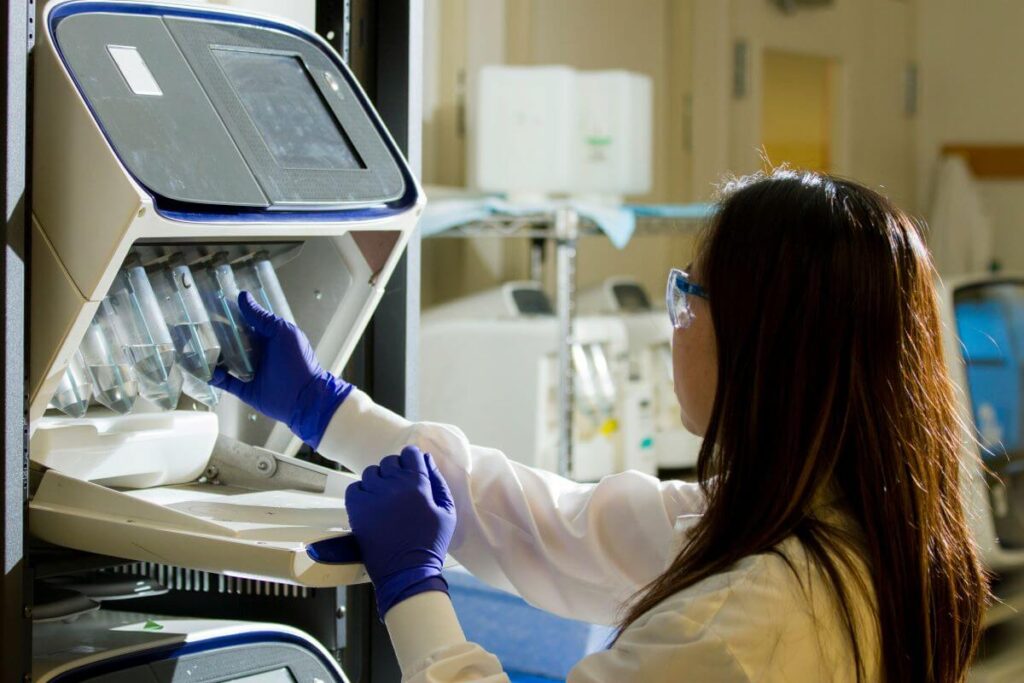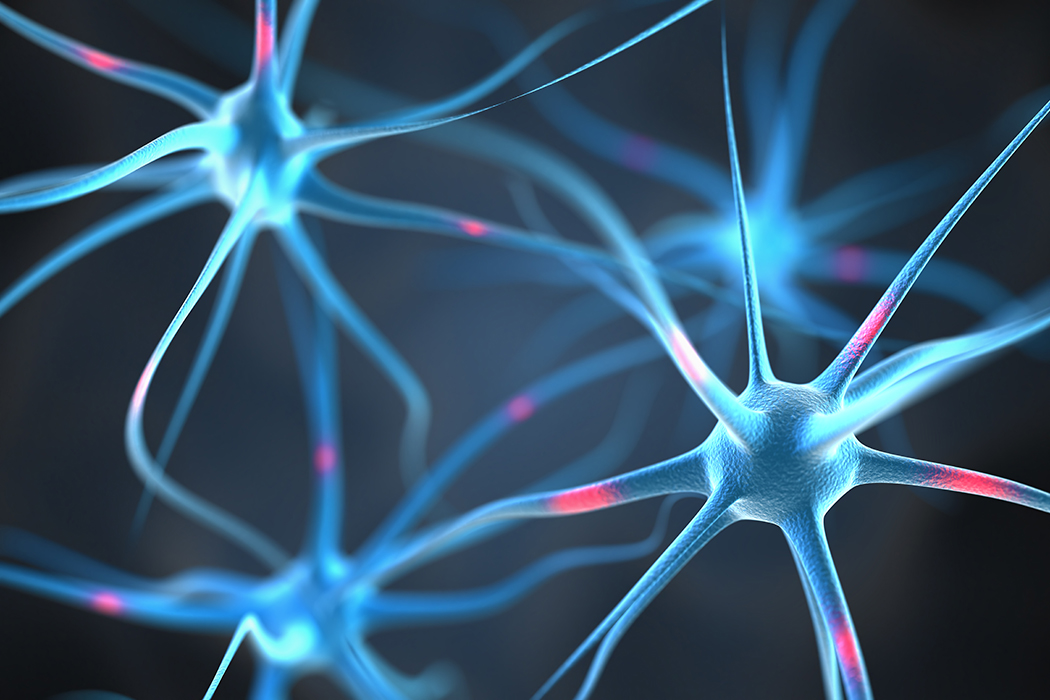The pursuit of effective treatments for rare diseases is an important undertaking for medical researchers around the world. Rare diseases inherently affect a small amount of the population, which often makes traditional drug development economically unviable.
However, addressing the challenges faced by those living with these conditions remains crucial. Clinical trials play an important role by providing researchers with valuable insights into how diseases affect individuals, ultimately benefitting future patients.
Simbec-Orion is a Clinical Research Organisation specialising in rare diseases and oncology, with almost five decades of experience in delivering clinical trial management services. In this article, we will explore how clinical trials have contributed to the understanding and treatment of rare diseases, while also highlighting the role of Rare Disease Day in raising awareness.
What is a Rare Disease?
A rare disease is a condition that affects a small percentage of the population. Rare diseases are defined by a variety of symptoms and signs that can differ significantly between diseases and even among individual patients. Because they are less common, these conditions often face limited medical expertise and research, making treatment more challenging.
Approximately 300 million people worldwide are affected by a rare disease, representing about 3.5–5.9% of the global population. There are over 7,000 identified rare diseases globally, affecting countries all over the world.
In some regions, the term ‘orphan disease’ is used to describe a rare condition that receives little to no funding or research due to its low prevalence, unless financial incentives are provided by governments or other organisations.
Who Does it Affect?
Around 80% of rare diseases are genetic, and 70% are present in childhood. Tragically, more than 3 out of 10 children will die before reaching their fifth birthday.
Each year, around 6,000 children in the UK are born with an extremely rare genetic condition that remains unnamed. This may be because a suitable diagnostic test has not yet been developed or the genetic cause of the condition is still unknown.
Rare Disease Day
To raise awareness of rare diseases, a dedicated day was established. Rare Disease Day takes place each year on the last day of February, either the 28th or the 29th in leap years.
Parents, families, researchers and various other participants all get involved through media interviews, hosting and attending events, posting stories and videos online and creating educational initiatives in classrooms or other learning environments.
The History of Rare Disease Day
Rare Disease Day was created in Europe in 2008, and was established by EURORDIS (European Rare Disease Organisation). In 2009, EURORDIS invited NORD (National Organisation for Rare Disorders) to be a partner in the initiative and sponsor Rare Disease Day in the United States. Rare Disease Day is now celebrated all over the globe, involving 106 countries and over 600 events worldwide.
Objectives of Rare Disease Day
Rare Disease Day has several objectives, some of the most important include:
- Promoting further research – a strong objective for the initiative is to advocate for further research into rare diseases. Although some rare diseases do have treatments that are available, many others do not. Advancing research can pave the way for new tools and treatments to support those affected.
- Raising awareness – many people are unaware of the impact rare diseases have on patients, their families, and healthcare systems. Therefore, it’s essential to raise awareness among the public to highlight the severity of these diseases and the difficulties faced.
- Inspiring collaboration – Rare Disease Day aims to encourage collaboration among key stakeholders (including patients, healthcare professionals, researchers, and policymakers) to try and improve healthcare policies as well as access to care and resources for those living with rare diseases.
Empowering families and patients – the initiative plays a crucial role in empowering families and patients affected by rare diseases by providing them with a platform to share their stories and raise awareness. It also helps alleviate feelings of loneliness and connects individuals with others who have similar experiences.
Rare Disease Clinical Trials
Over 95% of rare diseases currently have no available treatments, making clinical trials essential for discovering potential therapies. By joining a clinical trial, you can gain access to investigational treatments designed to offer new or improved options for managing these conditions.
As treatments for rare diseases are often unavailable, even small studies can have a significant impact. Clinical trials can establish whether a treatment is safe and effective, and is key to developing and evaluating new treatments.
“At Simbec-Orion, we understand that in the realm of rare diseases, every clinical trial is crucial. Each study is instrumental in confirming the safety and efficacy of potential treatments, often offering the only pathway to hope for patients in need. Driven by a passion to support cures, our team is dedicated to accelerating the development of life-changing therapies. Our commitment to advancing clinical research bridges the gap in available treatments, helping bring transformative options to those who need them most.” Dr Romillie Cruz, Vice President, Medical & Scientific Services, Simbec-Orion
Rare Diseases Benefitting from Clinical Trials: Key Examples
Urea Cycle Disorders
Urea Cycle Disorders are a group of inherited diseases that causes a deficiency in one of the enzymes involved in the urea cycle. Each subtype of the disorder group is named after the particular enzyme that is deficient. The urea cycle converts nitrogen, a waste product of protein metabolism, into ammonia in the bloodstream. The ammonia is then transformed into urea, which is excreted from the body through urine.
Without one of the six enzymes necessary to complete the cycle, levels of ammonia (which is highly toxic), build in the blood. Ammonia can cross the blood brain barrier, and the consequence of hyperammonemia can cause irreversible brain damage, coma and/or death.
Management of the condition is typically through a low protein diet alongside nitrogen binding therapies. Although there is no long-term cure, if the conditions are caught early, they can be successfully managed. However, much is dependent on how closely the treatment plan is followed. A liver transplant can also reverse the symptoms. Learn more about Urea Cycle Disorders at UCD and You
Idiopathic Pulmonary Fibrosis
Idiopathic Pulmonary Fibrosis (IPF) affects around 13 to 20 per 100,000 people worldwide and is a condition that typically affects people between the age of 50 and 70. It is rarely seen in those under 50 years of age. Symptoms of the condition develop gradually and can include a persistent dry cough, shortness of breath, tiredness, loss of appetite and weight loss.
The cause of this rare disease is unknown, but it could potentially be as a result of prolonged exposure to dust particles, family history or viral infection. The alveoli in the lungs become damaged and scarred, making them less flexible. This makes breathing increasingly difficult as the lungs become stiff and are unable to move air in and out as they should, which then results in reduced oxygen saturation in the blood.
Treatment includes medications to reduce the rate of scarring in the lung tissue, and lifestyle changes, but there is no known cure. Visit the British Lung Foundation for more information.
Cystic Fibrosis
More than 70,000 children and adults are affected by Cystic Fibrosis (CF) worldwide. Cystic Fibrosis is a progressive, inherited disease which causes the Cystic Fibrosis Transmembrane Conductance Regulator (CFTR) Protein to become dysfunctional. This results in the protein being unable to move chloride to the cell surface, which means that the cell is then unable to attract water to the surface of the cell. The impact of this is that the mucus in various organs becomes sticky.
When this mucus is within the lungs, it clogs the airways and traps bacteria, which can then cause frequent infections. The pancreas is also affected by the build up of mucus as it prevents the release of digestive enzymes, and consequently, the body is unable to adequately absorb key nutrients from food, resulting in malnutrition and poor growth. Other lesser-known implications of the condition include the blockage of the bile duct in the liver and infertility in men.
Historically, the prognosis for sufferers of this rare disease was poor. Before the CTFR gene was identified the life expectancy was around 14 years. Today with better treatments available it is 35 years. Learn more at Cystic Fibrosis Trust
Huntington’s
Huntington’s Disease is a genetically inherited disorder that affects the nervous system, causing progressive changes in movement, learning, thinking and emotions. It affects both men and women and although it is not prevalent in any specific population, Huntington’s Disease affects between 3 and 7 in 100,000 people of European ancestry globally, making it a rare disease. Caused by a mutation in the HTT gene, symptoms can start at any age, but the typical age of onset is between 30 and 50. It will then progress without remission for anything between 10 and 25 years.
You can find more information at the Huntington’s Disease Association.
Niemann-Pick Disease
Niemann-Pick Disease is a genetic disorder caused by autosomal recessive mutations in genes relating to lipid metabolism. The condition manifests in childhood as a progressively worsening inability to metabolise fats within cells, leading to an accumulation of fat inside the cells. Over time, this causes progressive developmental and neurological problems. Many organs can be affected including the brain, liver, spleen, bone marrow and lungs.
Niemann-Pick disease types C1 and C2 are estimated to affect 1 in 150,000, although C1 is by far the more common type, accounting for 95% of cases. The disease occurs more frequently in people of French-Canadian descent in Nova Scotia.
Onset and life expectancy differs depending on the variation of the rare disease in question. There is currently no effective treatment for types A or B, but there is potential for the treatment of mild to moderate type C using Miglustat. Learn more at NPUK.
Simbec-Orion’s Services to Aid Rare Disease Treatment
As experts in rare disease research, Simbec-Orion recognises the challenges involved in managing these studies, which often come with a range of complexities. They’ve been delivering complex clinical trials in rare and ultra-rare patient populations for almost 50 years, and their expertise spans a variety of indications, including some of those mentioned above.
Simbec-Orion offers a collaborative research approach, full rare disease clinical trial delivery and patient recruitment for rare and orphan disease studies.
Conducting Phase I, Phase II, and Phase III clinical trials, Simbec-Orion provides comprehensive support throughout the drug development process. For more information about their services, you can get in touch via the contact form.





